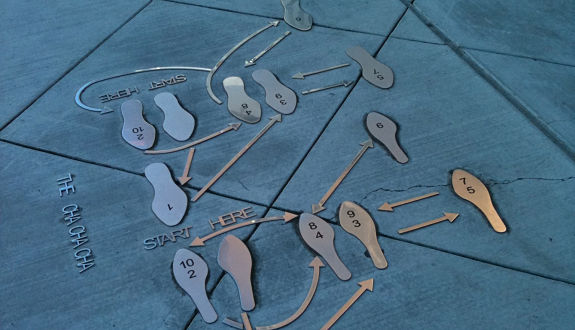Skip smart on LR.
- by
- Jan 27, 2016
- Advice on Logical Reasoning, LSAT
- Reviewed by: Matt Riley


With the February exam so painfully close – ack! – you should now be doing a whole lot of time-pressure practice. But just hurrying isn’t going to get you where you need to be. You have to hurry in a smart fashion. That means skipping questions. Let me regale you with my skipping story.
When I was studying for the LSAT back before the wheel was invented (yes, the crusty psychometricians at LSAC are older than time itself, and so am I), I found myself hitting a ceiling. That ceiling was 168. I’m not joking when I say I got that score on practice exam after practice exam, without fail. I would review my exams, and there were always a few questions that I should’ve gotten. Looking at it with fresh eyes, it was clear why my answer was wrong as well as why the right answer was right.
I tried to remember my thought process and reverse engineer what I’d done. It took me a few exams before I figured out what was going on, but it was just plain sloppy reading. I’d find that I’d read right past the word “not” or “most” in the stimulus, which the makers of the LSAT expect you to do. They create an answer that preys on precisely that kind of error.
Now that I’d identified the problem, or at least the most common problem, I needed a solution. My brilliant non-solution was to read more carefully. I told myself before the next practice exam, “Self, you are going to read more carefully this time around.” I promptly scored another 168.
I needed a plan. So, I created a plan – which I will share with you momentarily – and my next practice exam score was 177. I didn’t get there on test day, but 175 is close enough.
What I’d noticed is that those problems that I’d gotten wrong and should’ve gotten right were also problems that I’d dumped a bunch of time into. I was arrogant about my ability to get questions right, so I’d bang my head against a question, then end up getting it wrong anyway and being short on time on subsequent questions.
So here were the parameters I set for myself for each LR question. I’d read the prompt and the stimulus. Then I’d read the answer choices. If I could get the correct answer, that was that. (This is all par for the course so far.) If not I’d cross off all the clearly wrong answers, then take one more pass at the prompt and stimulus to see if I’d missed anything, then one more pass at the remaining answer choices, crossing out any additional clearly wrong ones. Then I was required to move on, so I’d circle the question number in the hopes of coming back to it. This made it so that I never spent more than about 90 seconds on a question. This may not add up to skipping questions outright, but it’s a variation on the theme.
I found that, not only did I get to the hard questions at the end with a little more breathing room, increasing my accuracy on them, I’d also have time to come back to those questions that I’d circled with a fresh set of eyes – just like I did when reviewing my exams. I’d correct the reading error that I’d made, bubble in the right answer, and go on my merry way.
Now, some of you just won’t ever have time to complete all the questions in an LR section in 35 minutes and come back to others. But there’s a broader issue, which is this: part of raising your score from wherever you might be is to spend as little time as possible on questions that are out of reach in order to bank time for questions that are attainable. This method can help you do that. It’s very easy to dump a bunch of time into one question, and, if you think you might be doing that, you need to institute a system to nip that situation in the bud. Try this one. If it doesn’t work, think critically and craft your own plan.
Search the Blog

Free LSAT Practice Account
Sign up for a free Blueprint LSAT account and get access to a free trial of the Self-Paced Course and a free practice LSAT with a detailed score report, mind-blowing analytics, and explanatory videos.
Learn More
Popular Posts
-
logic games Game Over: LSAC Says Farewell to Logic Games
-
General LSAT Advice How to Get a 180 on the LSAT
-
Entertainment Revisiting Elle's LSAT Journey from Legally Blonde








